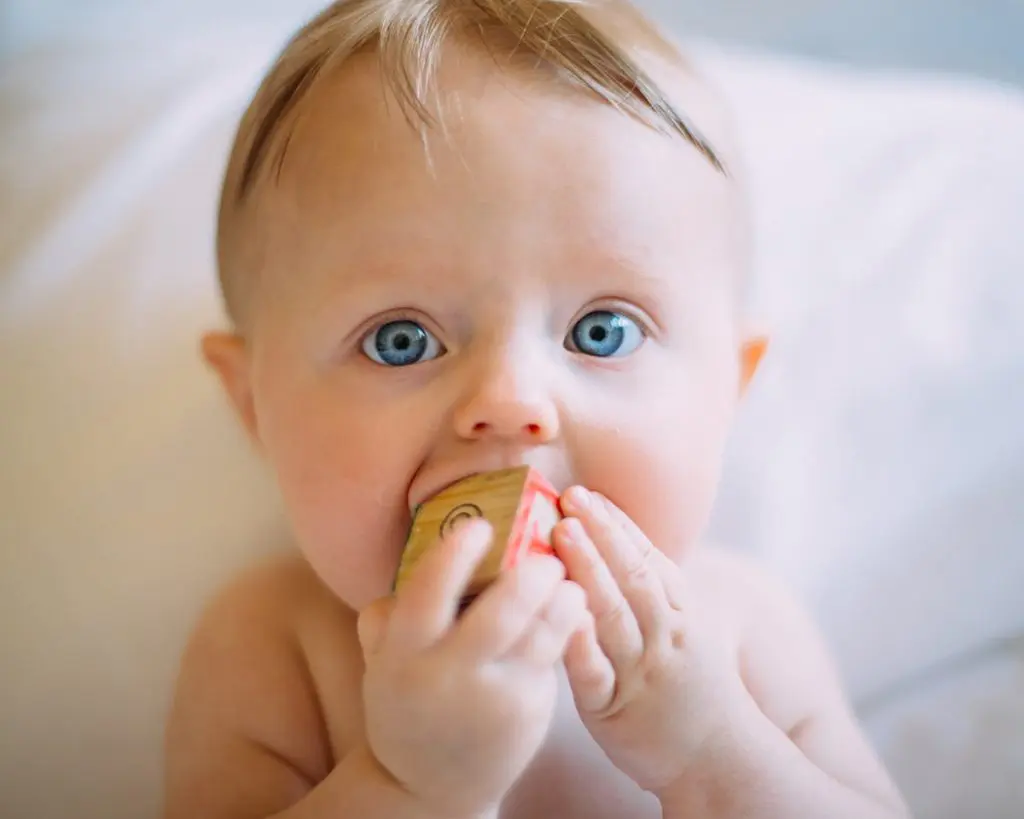
As caring parents, we all want to provide the healthiest and safest environment for our children. From the food they eat and the cosmetics we put on their skin to nursery essentials in their room – ensuring a danger-free life for our little ones lead us to research today’s subject: are there chemicals in our children’s toys, and what can we do about it?
Children are always near their toys – they play, hug, and even chew them. But during playtime, our kids inhale the chemicals gassing off the synthetic toys. It is this concern that lays behind our intention to dig deeper into the matter: what are the greatest dangers of children’s toys, and what solution can we find?
What are the most common chemicals found in children’s toys?
Research by the UN Environment Programme (UNEP) finds that 25% of children’s toys contain harmful chemicals. As you can imagine, most of the toys are made of plastic, so the groups of materials they looked into were divided as follows: hard plastic, soft plastic, foam plastic, and non-plastic (wood, textile, etc.). Out of 419 chemicals found in plastic materials used in children’s toys, 126 can potentially harm children’s health, the study claims.
Replacing these 126 chemicals with safer alternatives should be a priority of a healthy society. The list includes many toxic additives used in plastic toys to provide specific levels of hardness or elasticity – plasticizers or softeners, but also flame retardants, stabilizers, colorants, and fragrances. Let’s investigate the most common additives of concern and their potentially harmful effects: plasticizers, flame retardants, and fragrances.
Plasticizers / Phthalates
Also known as plasticizers, phthalates are a group of chemicals used to make plastics more durable or flexible. Exposure can come from numerous sources, such as vinyl flooring, household cleaners, food packaging, body washes, shampoos, and other cosmetics or personal-care products.

Certain phthalates are linked to conditions like asthma, attention-deficit hyperactivity disorder, breast cancer, neurodevelopmental issues, obesity, type II diabetes, autism spectrum disorders, and fertility issues. Bisphenol A (BPA) and polychlorinated biphenyls (PCB) have been identified as endocrine-disrupting chemicals that interfere with normal hormonal function.
Many studies have indicated that companies should proceed with caution when using any chemical in the phthalate class, especially when products are used by pregnant women or young children, whom research points out as most vulnerable to phthalates’ effects. Babies and children are much more sensitive to phthalates exposure for various reasons, including their fast metabolic rate and fast growth of organs and tissues.
Some countries have established regulations regarding phthalates, particularly those used in children’s toys. However, further monitoring and substitute measures for phthalates are needed since many imported toys come from countries where regulations do not apply.
Flame retardants
Other often used chemicals in children’s toys are flame retardants. These have been used in consumer products since the 70s to prevent ignition, typically in products that have the potential to ignite, like upholstered furniture, baby products, textiles, electronics, and many more. While not all retardants are proven to present health risks, scientists have raised concerns about formulations containing chlorine, bromine, or phosphorous.
The intention behind flame retardants is to stay safe. Unfortunately, this is not the case, as certain flame retardants cause immune system, endocrine, and thyroid disruption, reproductive toxicity, cancer, and adverse effects on fetal and child development. Other side effects may include behavioral problems in young children, such as hyperactivity, aggression, and bullying.
The toys emit the chemicals into the air we breathe, penetrating the skin, or settling in the dust. Flame retardants are common in play tents, toy vehicles, water toys, stuffed animals, and children’s foam products which kids can get on their hands and put in their mouths. However, since most plastic toys have no labels about their chemical content, parents can’t be sure whether an item is harmful.
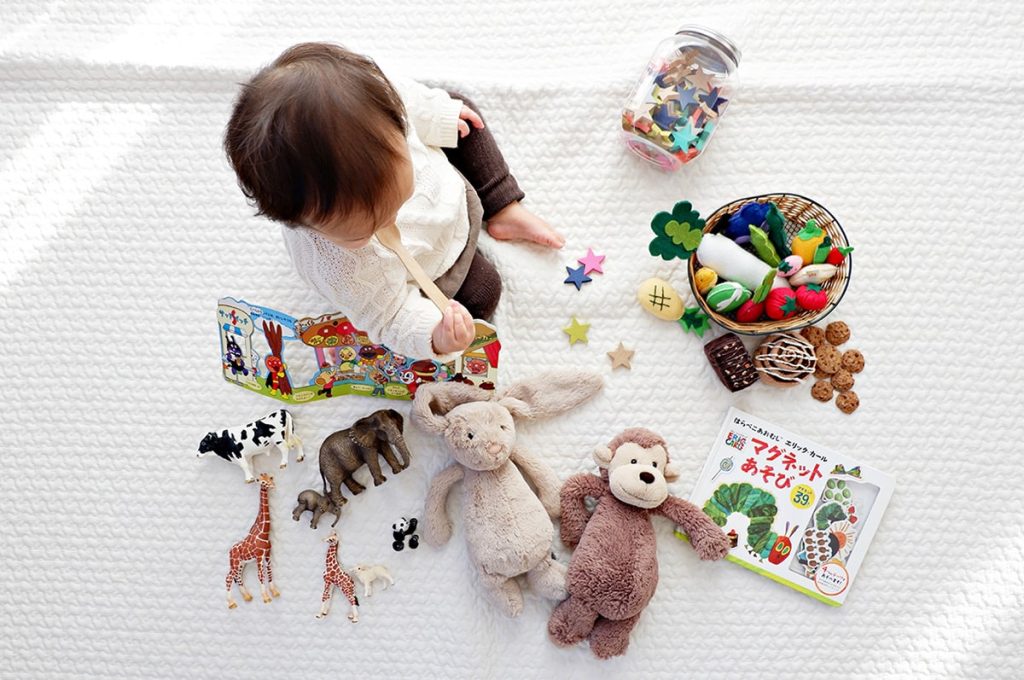
Although numerous flame retardants have been linked to serious health effects, federal regulators haven’t banned their use in all products. When a chemical poses a concern, the manufacturers stop using it in one product and find a substitute with similar properties. Usually, the new chemical has no scientific evaluation behind it.
To ensure your children’s toys are not dangerous, you can either look for certified organic materials or search for a label clearly stating that the product contains NO added flame retardants. A healthy alternative would be wool toys, as wool is naturally flame resistant. Unlike nylon and polyester, wool doesn’t ignite or melt. It is the only material not required by law to be sprayed with fire retardants.
Fragrances
The main concern with fragrances is that they could cause allergies, which may last for a lifetime. This is why in Europe fragrances with atranol, chloroatranol, and methyl heptine carbonate in toys and toy materials are banned. Many other allergenic fragrances, if present at more than 100 mg/kg, have to be labeled on the toy or its packaging.
Fragrances vary in volatility, and their chemical emissions have different strengths. Higher temperatures in the room are also a variable that causes further volatile organic compounds (VOC) emissions. VOCs are harmful compounds emitted in the form of gas from solids or liquids. Symptoms of VOC exposure could range from headaches to nausea and allergic skin reactions. To avoid VOCs, scientists recommend buying toys without fragrances.
If you purchase a toy with odor, unpack the product and leave it in a ventilated area for a few days before you let the child play with it. If your child is under the age of 3, look for a label that says the product is suitable for children less than 3 years old.
What are the psychological effects of toy colors?
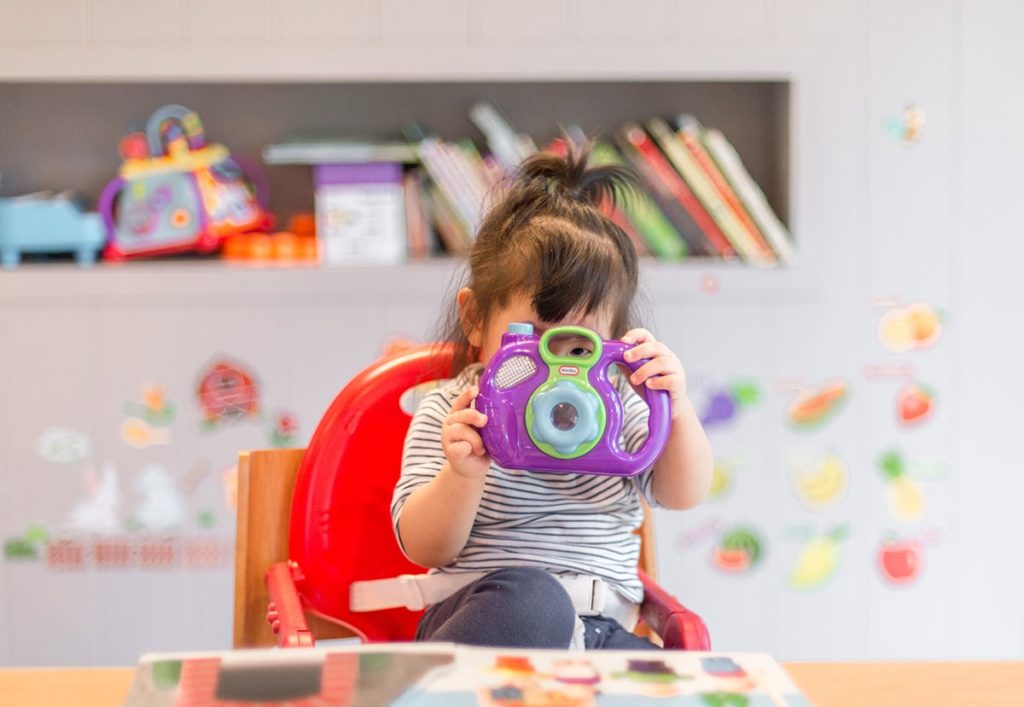
Children’s environments are often designed to be very colorful with the intention of stimulating the child. However, the saturation of colors leads to over-stimulation and behavioral problems. Research indicates that relative to a non-colorful play surface, a colorful one interferes with children’s structured play and leads to disruption in task execution.
These disruption processes manifest in pathological children’s behaviors, such as staring away or bringing their heads closer to the working surface, and statements indicating frustration or feeling of incompetency, dropping, or missing pieces of the game in front of them. A sensory overload leads to attention hijacking and interferes with the capacity of the child to complete a task.
According to empirical studies in developmental psychology, the ability to voluntarily control attention is underdeveloped in preschool children. For example, 3-4-year-olds show less voluntary attention control than 5-year-olds. Hence, to acquire better attention control, toddlers should not be distracted by excess hue and brightness.
It’s all about balance and picking the right colors for the kid’s age. In the first few months, when babies’ eyes aren’t fully developed, it’s best to use black, white, and grey color in different patterns and shapes to offer a strong, contrasting visual experience without overstimulating them. These colors stand out in their field of vision. After the 3rd month, babies prefer primary colors, and at the 7-month mark you can start gradually introducing most colors and shades. After the first year, you may start stimulating cognitive development by using all colors and hues.
Be mindful that color also affects mood and behavior, and over-stimulation can lead to crankiness and poor learning outcomes. There is time for bright colors where you want to attract and stimulate a toddler, and there is time for muted colors where you want to leave space for reflection and contemplation.
What is a healthy choice for your kids’ toys?
There is more than one hidden danger in our children’s toys to look out for when purchasing or accepting one’s gift. The market is overloaded with plastic toys containing chemicals yet to be fully studied. Scientists alarm that these chemicals may be linked to cancer and infertility.
Be mindful about how long a child plays with a toy – whether they put it in their mouth – and the number of toys in the child’s room. A good piece of advice is to often air out children’s rooms to avoid exposure and the risk of inhaling dangerous chemicals emitted from plastic toys.
Children in Western countries own an average of 18 kilograms of plastic toys. It would be difficult to avoid all plastic toys until regulators include all substances. Soft plastic toys and soft plastic materials are generally advised to be avoided since they cause higher exposure to harmful chemicals than hard plastic toys. Identifying possible alternatives to plastic materials will provide a safer and healthier playtime.
The Alternative: All-natural Toys
We believe that safer toys are not only possible but you and your kid can create them on your own! We designed a DIY pack for wool stuffed animals that will let your child learn, play, and enjoy the fruits of their work. The box contains 3 animal templates, 3 natural fabric pieces, and enough pristine wool stuffing to fill in and create the fluffy toys; step-by-step instructions, needle, and thread.
These beautiful fluffy toys made of all-natural wool stuffing and natural durable fabrics, are hypoallergenic, VOC free, and without chemicals or synthetics. Your child can finally play safely and away from the harmful effects of toxins found in plastics. With all natural colors, we offer you a simple alternative – minimalist toys that will give your kid the opportunity to use their imagination and creativity.
Оur long-term dedication to being ZERO WASTE has always been a spring of creativity. DIY wool stuffed animals are another one of our solutions for small fabric leftovers to find their application, providing an educational and amusing activity for children. Plus, they are biodegradable at the end of their lifecycle.
Chemicals used in plastic toys may pose a non-negligible health risk to children. It’s the willingness to make a conscious choice that led us to search for better solutions. We offer a much more eco-friendly alternative, provided by nature. All you need is wool. ❤


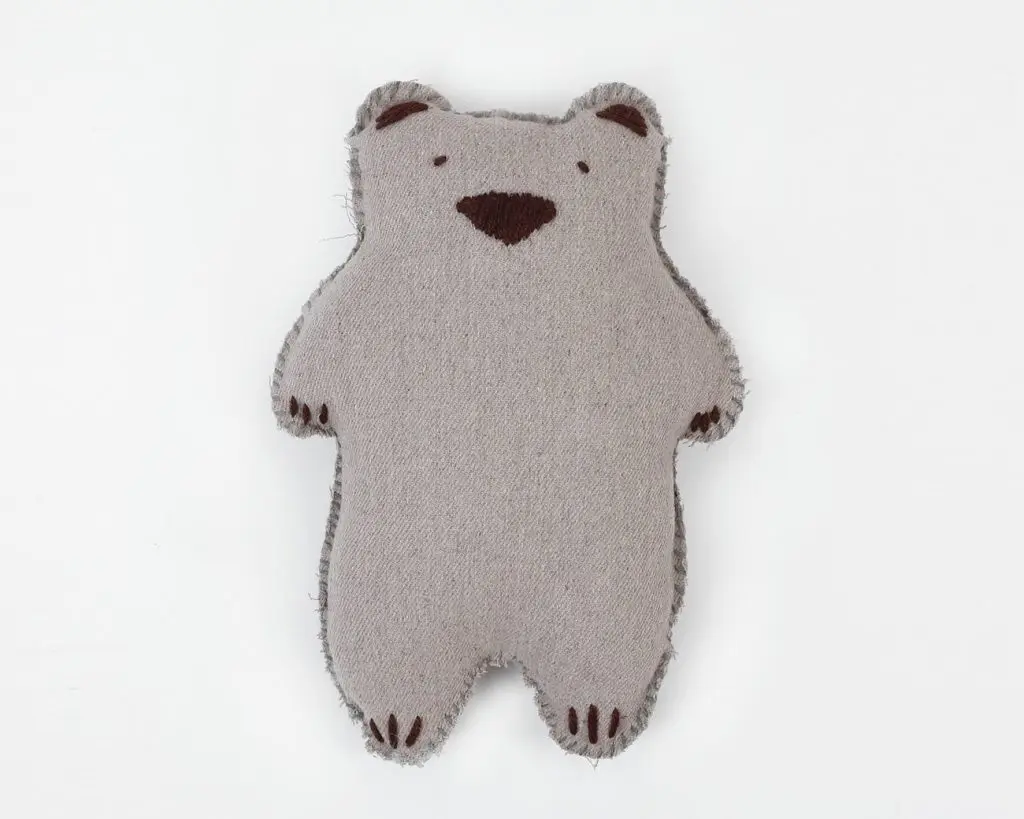
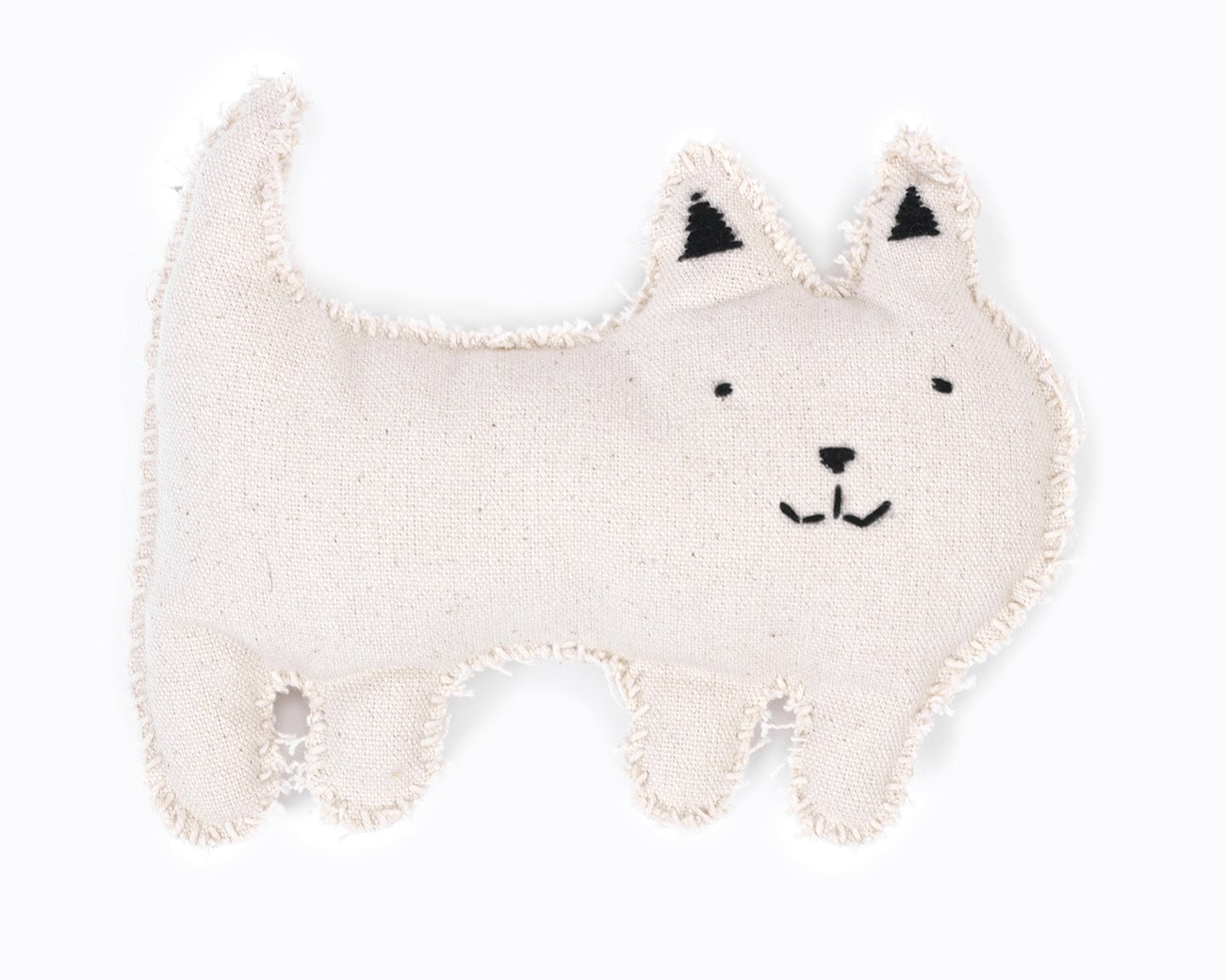
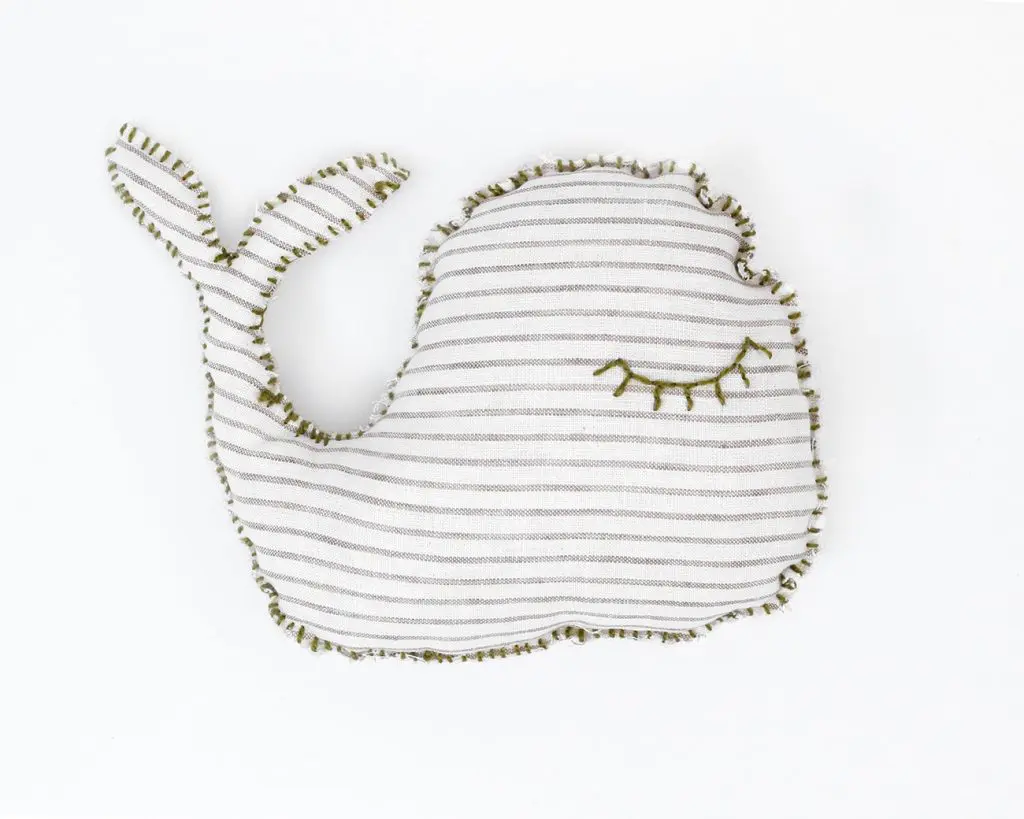
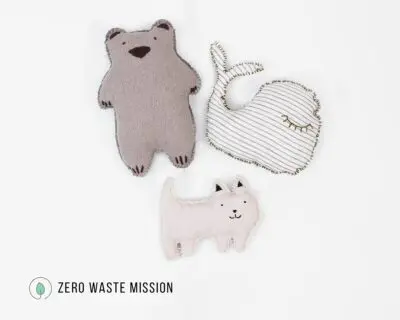


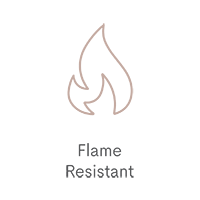

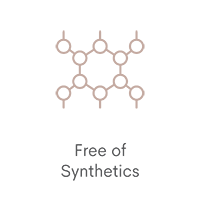
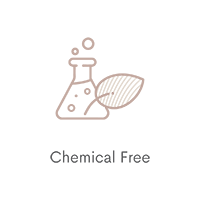
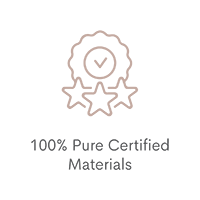
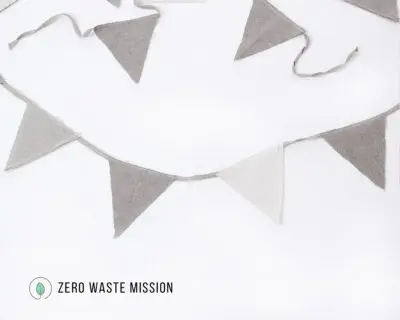
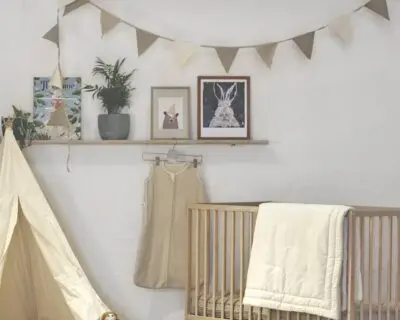

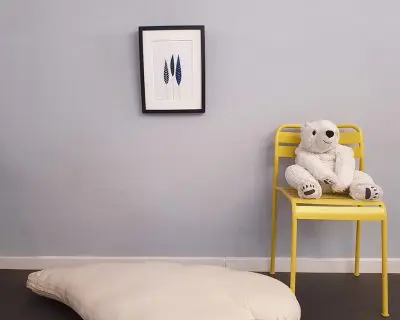

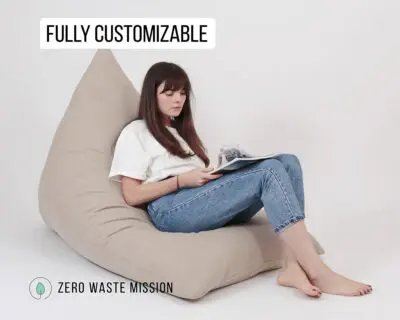
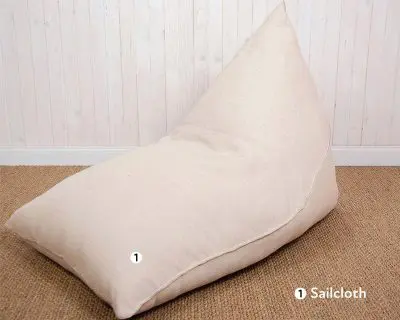
Leave a Reply